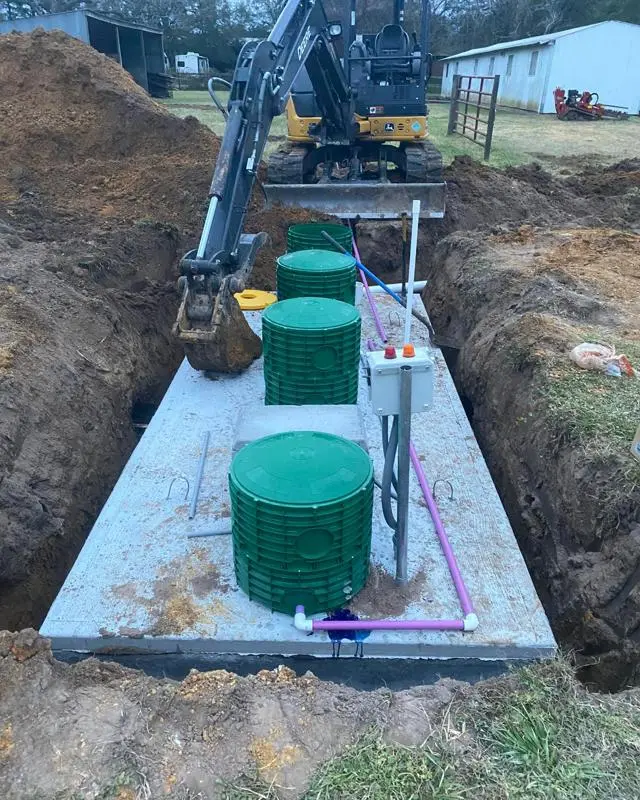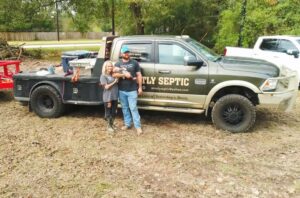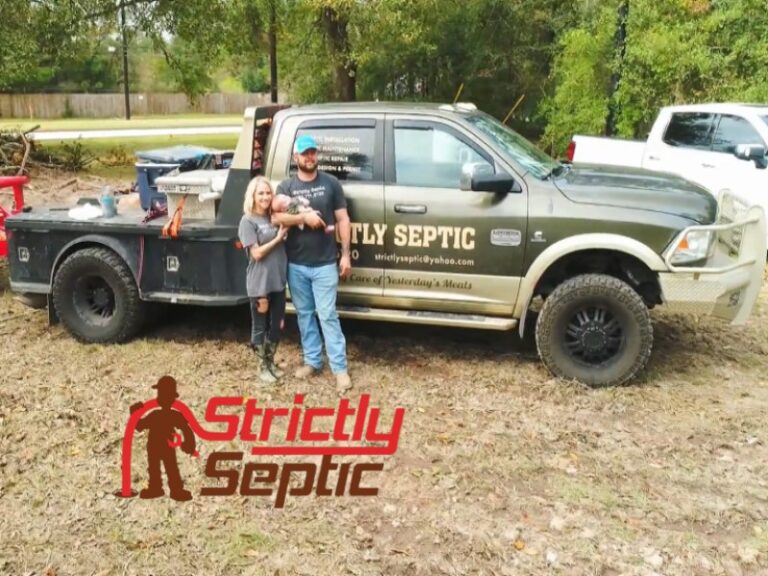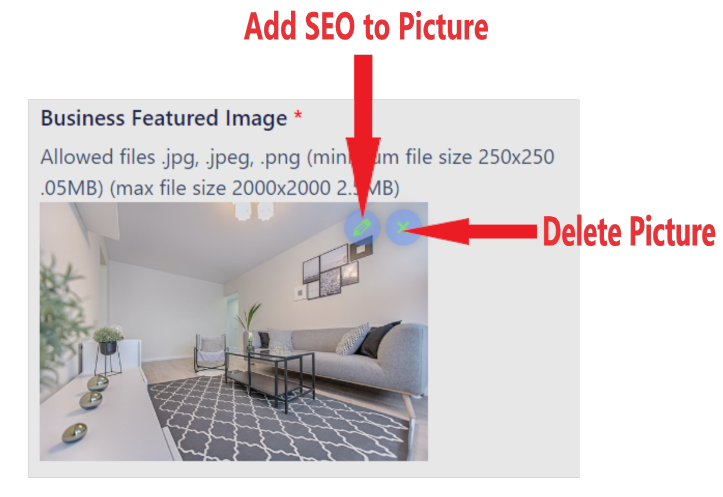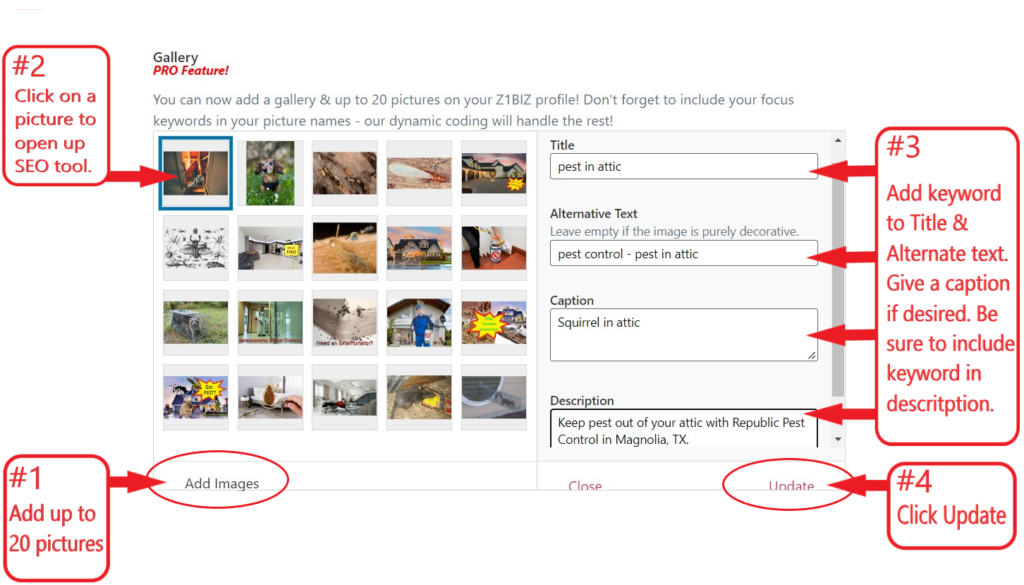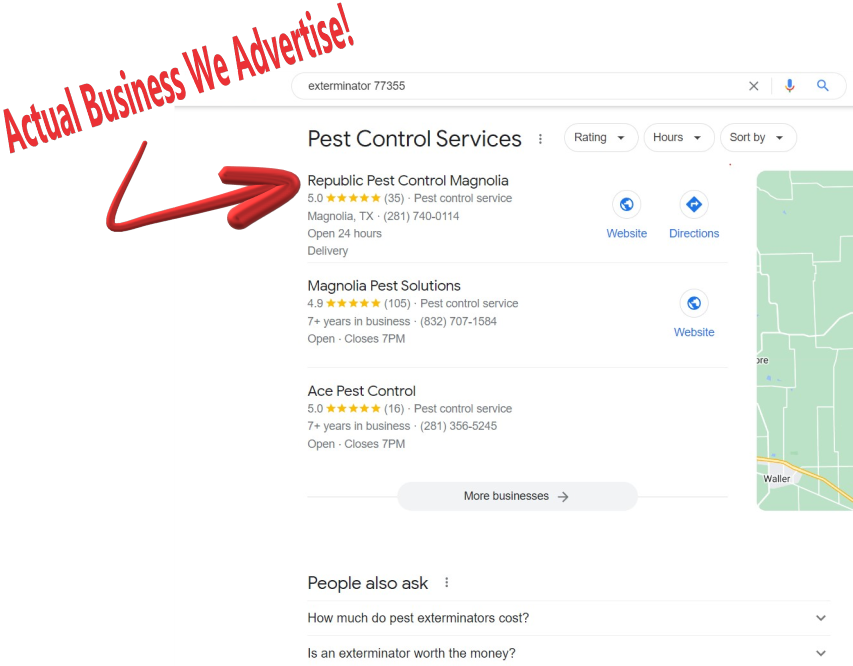I run Strictly Septic Service, and every septic installation we do starts with one simple rule—get it right the first time. We serve property owners across Texas who need dependable, code-compliant septic systems. Our team handles everything from soil testing and permits to system selection and final inspections.
Below, I’ll walk you through our entire process. You’ll see how we get from bare dirt to a fully operational septic system that handles waste efficiently for decades.
Our Approach to Septic Installation
There are a lot of moving parts when it comes to septic installs. This isn’t a one-size-fits-all job. Soil conditions, local regulations, household size, and even future building plans can affect the system design. That’s why we handle everything in-house—from the first consultation to the final hookup.
We’ve been through this hundreds of times, and here’s what works:
- Start with a site evaluation
- Choose the right system for the property
- Manage permitting quickly
- Get it installed safely and to code
- Educate the homeowner on long-term care
Let’s break that down in detail.
Step 1: Site Evaluation and Soil Testing
Everything starts with the dirt. We visit the property and take a look at:
- Soil type and percolation rate
- Slope and elevation
- Setbacks from water wells, creeks, and structures
- Accessibility for equipment
We’re licensed to conduct septic soil testing in Texas, which gives us direct insight into how well the soil can absorb wastewater.
If the soil is sandy and drains fast, that opens up options like conventional systems with gravity flow. If it’s heavy clay that holds water, we may look at aerobic systems or mound setups.
The results tell us what kind of system the county will approve—and what system will actually work long-term.
Step 2: System Design and Selection
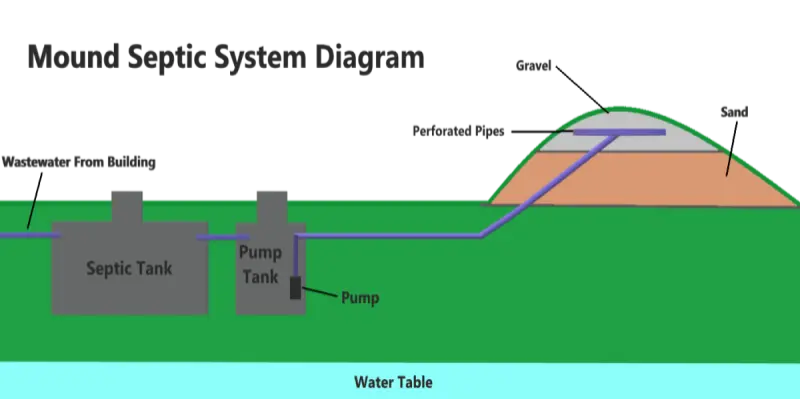
Once we understand the land, we start designing the system. We’ll choose between:
- Conventional gravity systems
- Pump-assisted systems
- Aerobic treatment units (ATUs)
- Low-pressure dosing systems
- Mound or drip systems
Each has pros and cons. For example:
| System Type | Best For | Key Benefit | Key Consideration |
|---|---|---|---|
| Conventional Gravity | Sandy, well-draining soils | Low maintenance | Requires elevation slope |
| Aerobic Treatment | Poor soil, small lots | High-level treatment | Electrical and service needed |
| Low Pressure Dosing | Shallow soils, rocky areas | Uniform dispersal | Needs pumping and control |
| Mound Systems | High water tables | Above-ground install | Higher visibility and cost |
I’ll always walk the homeowner through each option and recommend the one that’s right for their land and budget.
Step 3: Permitting and Design Approvals

Texas doesn’t allow you to install a septic system without a permit, and different counties have different rules. That’s where our permitting team comes in.
We manage the entire septic permit process for our clients. That includes:
- Submitting soil test results
- Finalizing system designs
- Filing with the local permitting authority
- Scheduling inspections with the county
Most of the time, the permit process takes 2 to 4 weeks. We make sure nothing holds up your project due to paperwork errors.
Step 4: Excavation and Installation
Once the permit is issued, we get to work. Here’s how the actual installation process unfolds:
1. Excavation
We dig trenches for the tank and drain field. Our equipment operators are precise—we avoid damaging tree roots or underground utilities.
2. Tank Installation
We place the septic tank and level it. Most tanks are concrete, fiberglass, or poly, depending on access and budget.
3. Drain Field or Dispersal Area
We build out the absorption field with gravel, pipes, or chambers. For aerobic systems, we set up spray heads or drip lines as needed.
4. Component Hookup
We install risers, cleanouts, alarms, and control panels. If the system includes a pump, we add wiring and floats.
5. Backfilling
Once the county gives us approval, we backfill the trenches and compact the soil.
Step 5: Inspection and Final Approval
Before anything goes live, the system needs a final inspection from the county or a licensed sanitarian. We schedule it, meet them on-site, and walk them through the install.
Because we follow local codes to the letter, we rarely hit issues during inspection.
Once we get the green light, the system is officially active.
What We Handle So You Don’t Have To
Here’s what you never need to worry about when you hire Strictly Septic Service:
- Finding a separate soil tester
- Guessing which system your county allows
- Dealing with health department red tape
- Coordinating inspections
- Understanding complex installation drawings
We do it all in-house. And if you’re building a new home or expanding an existing one, we coordinate with your builder to make sure your system supports your plans.
Post-Installation: What Comes Next
After install, we do a full walkthrough with the property owner.
We’ll show you:
- Where the tank and cleanouts are located
- How to monitor for signs of backup or failure
- When to schedule septic pumping
- What household habits can protect your system
For aerobic systems, we also offer routine maintenance contracts. These include inspections, chlorine checks, spray head function testing, and control panel diagnostics.
Common Questions About Septic Installation
Here are some of the things clients ask us the most:
How long does the whole process take?
From site visit to final inspection, most installs take 4 to 8 weeks depending on permitting.
Do I need a permit even for small cabins or sheds?
Yes. Any structure that generates wastewater in Texas needs a permitted septic system.
Can you install systems in flood-prone areas?
Yes, but we’ll typically use a raised or mound system with sealed components.
What if I already have a system, but I’m adding a guest house?
We’ll inspect the existing setup and see if it can support the additional load. If not, we’ll design a secondary system or upgrade the original.
Can I use a graywater system instead?
Possibly, but those are subject to specific rules. We’ll review your situation and advise.
Serving Homeowners Across Texas
We’ve completed septic installs across rural and suburban Texas, including:
- Montgomery County
- Grimes County
- Walker County
- Brazos County
- Madison County
If you live outside that range, reach out anyway. Depending on scheduling, we may be able to accommodate your site.
You can reach us via the Strictly Septic contact page to schedule a site visit or ask questions.
Why Strictly Septic Service Is the Right Fit
We’re not general contractors. We’re septic installers—and that’s all we do.
That focus means our crews are trained, certified, and efficient. Every truck we send out is loaded with the right tools. Every job is logged and inspected. And every homeowner we work with ends up with a system they can rely on.
We don’t overpromise. We just build systems that work.
Let me know if you’d like a version of this article posted to Z1BIZ or need social snippets for Tumblr, Reddit, or X.

